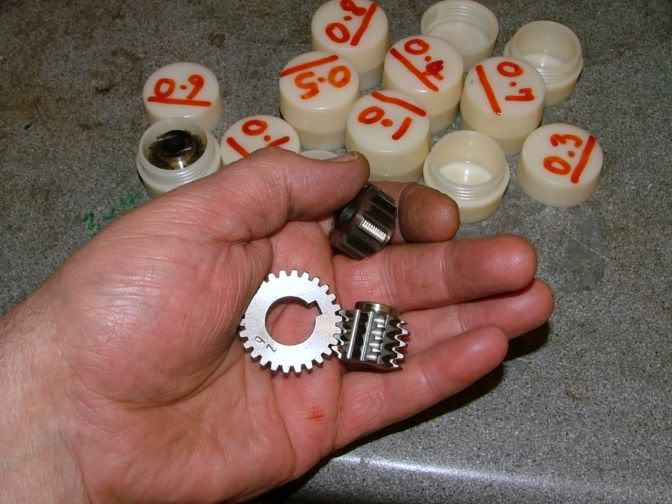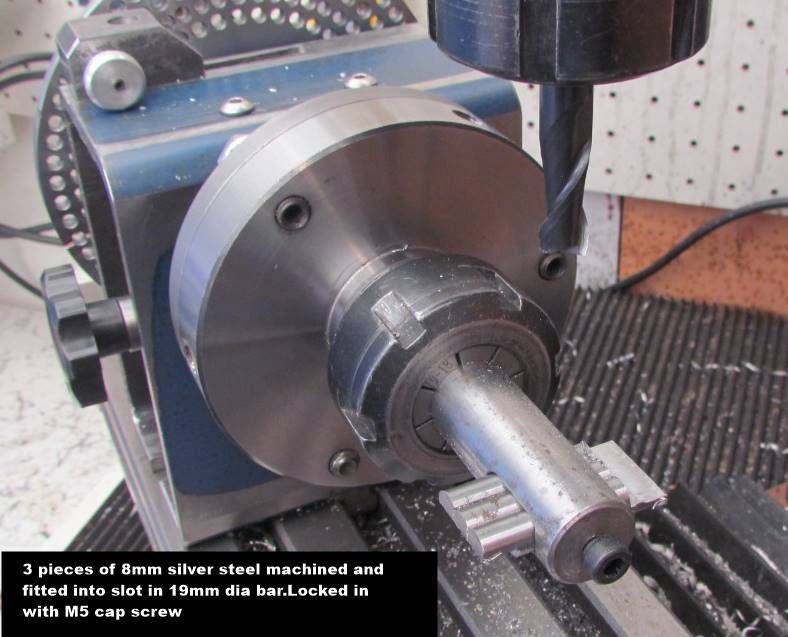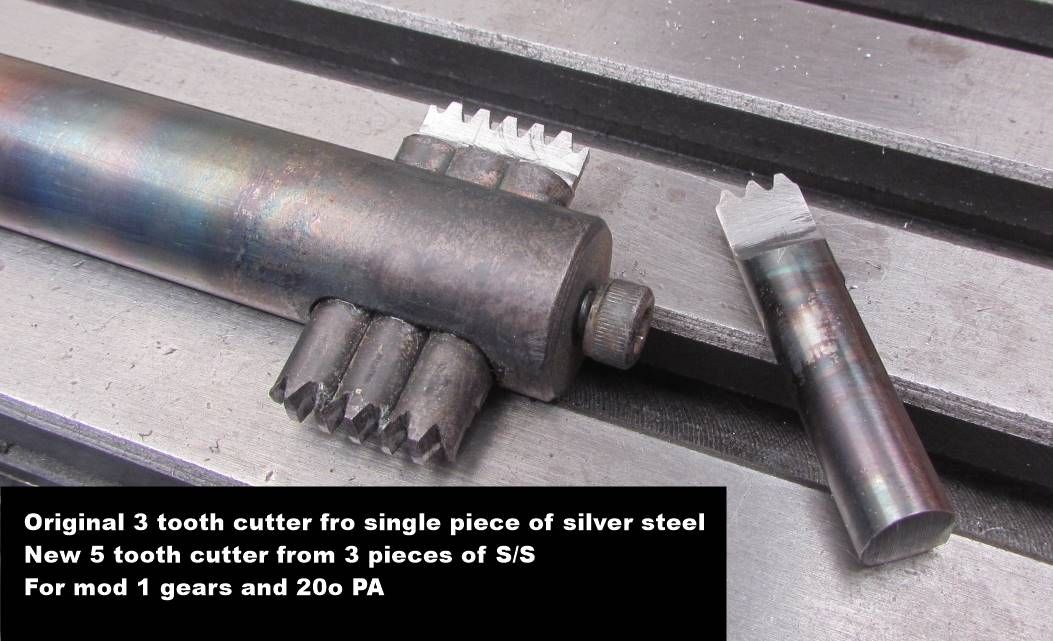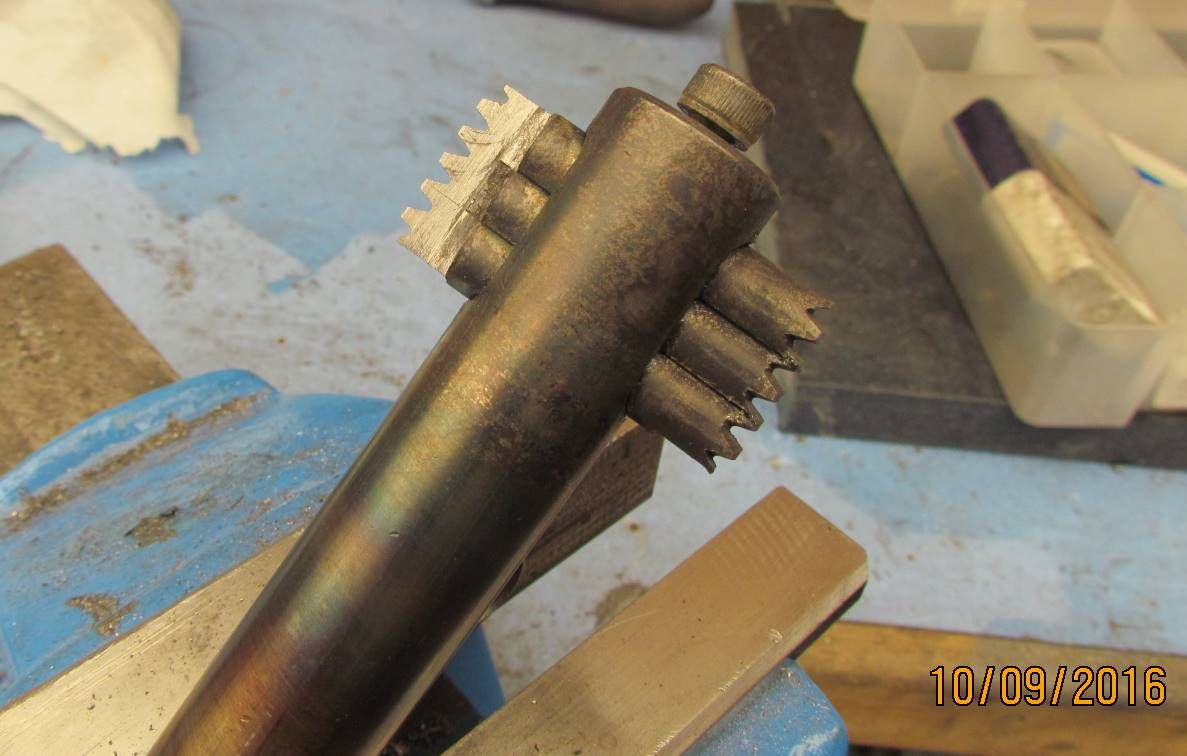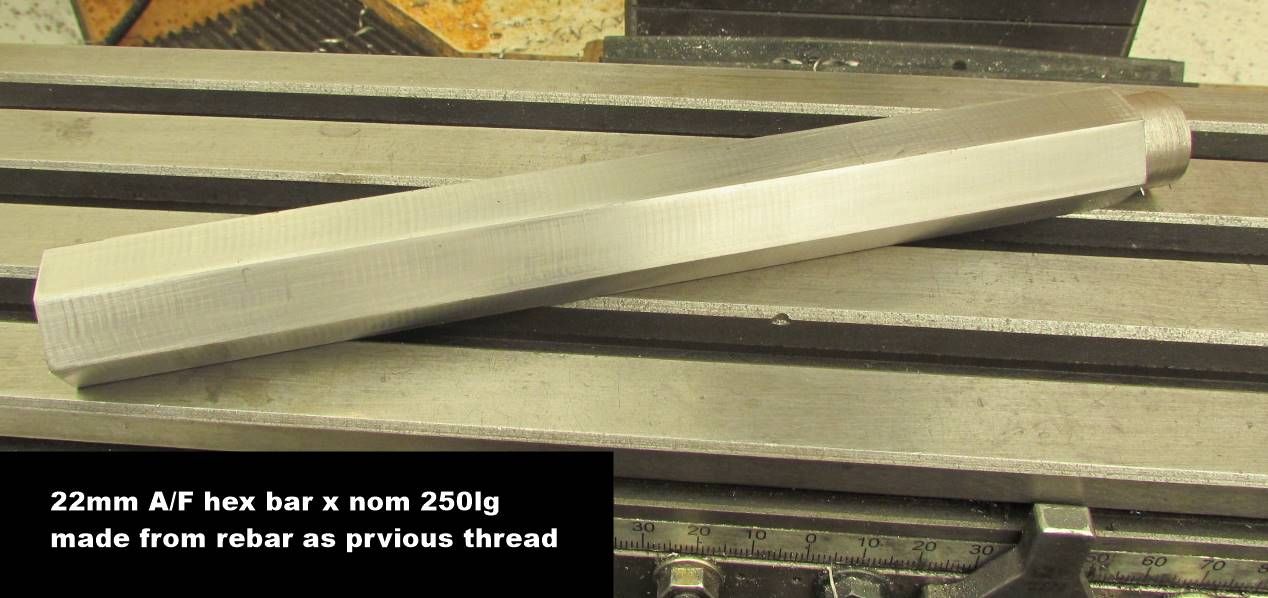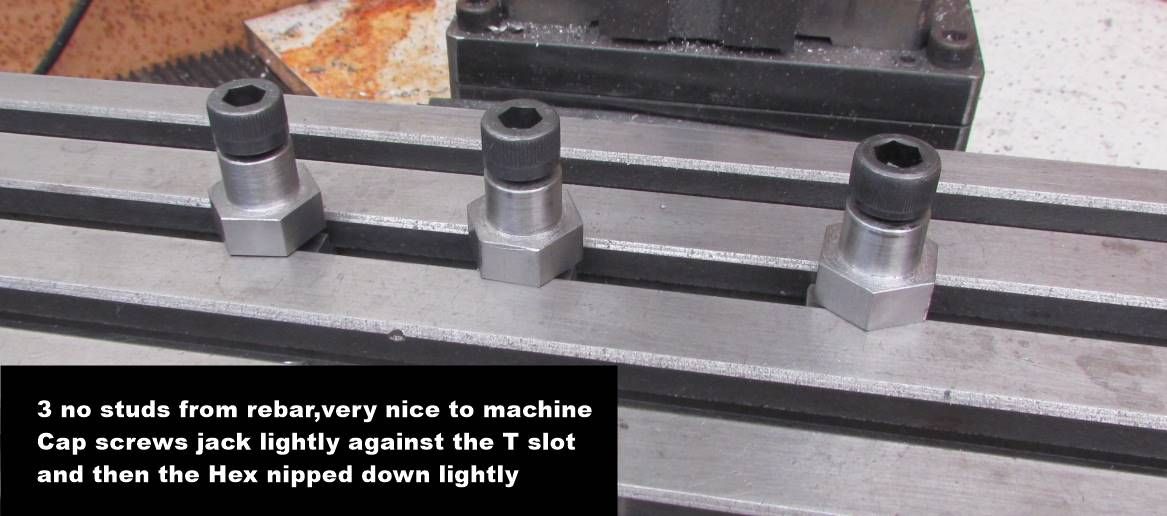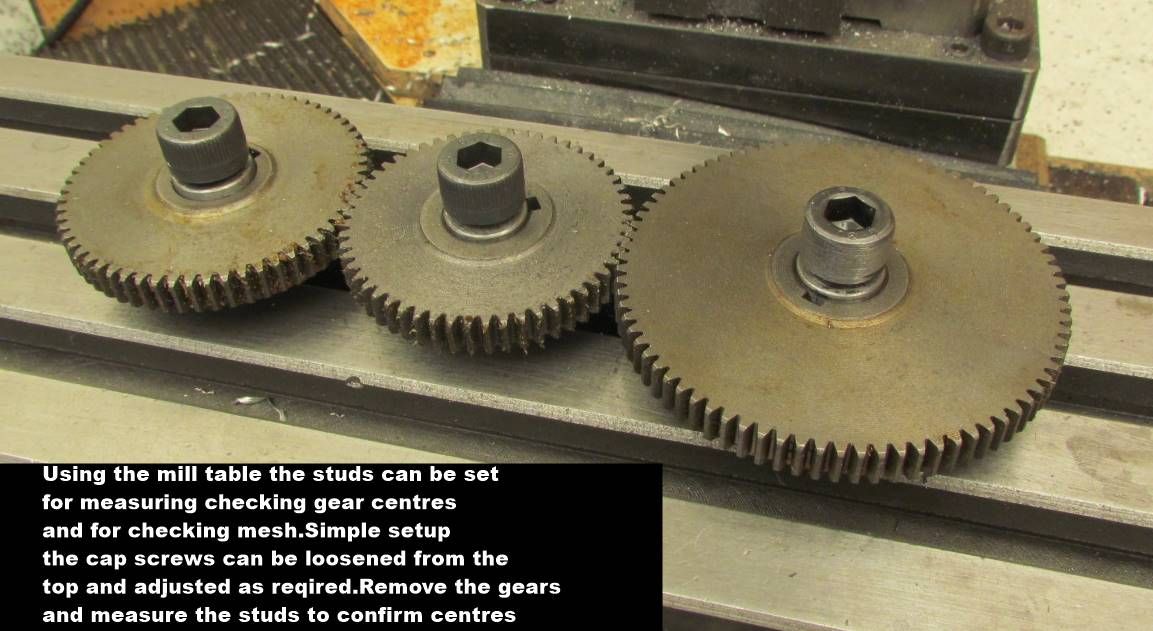- Joined
- Dec 12, 2012
- Messages
- 2,220
- Reaction score
- 1,285
Having spent all my working life in engineering I have never cut spur gears
I don't want to spend I long time learning all the technicalities but would like
to cut some spur gears.Just for the learning not for a any specific purpose
at this stage.I would like to cut some gears the same as the Sieg lathe change gears,which I think are Mod 1. A full set of involute cutters would be too costly
but I assume I can use a single hob??.Seen one on ebay from china for $40
Am I wasting my time.Cant make one economical as silver steel is too expensive here in Oz. General question. From my threads you can see I am in the process of making a dividing head.Is it feasible for me to buy a mod1 hob
and successfully make gears.Lots of comments would be appreciated
I don't want to spend I long time learning all the technicalities but would like
to cut some spur gears.Just for the learning not for a any specific purpose
at this stage.I would like to cut some gears the same as the Sieg lathe change gears,which I think are Mod 1. A full set of involute cutters would be too costly
but I assume I can use a single hob??.Seen one on ebay from china for $40
Am I wasting my time.Cant make one economical as silver steel is too expensive here in Oz. General question. From my threads you can see I am in the process of making a dividing head.Is it feasible for me to buy a mod1 hob
and successfully make gears.Lots of comments would be appreciated





